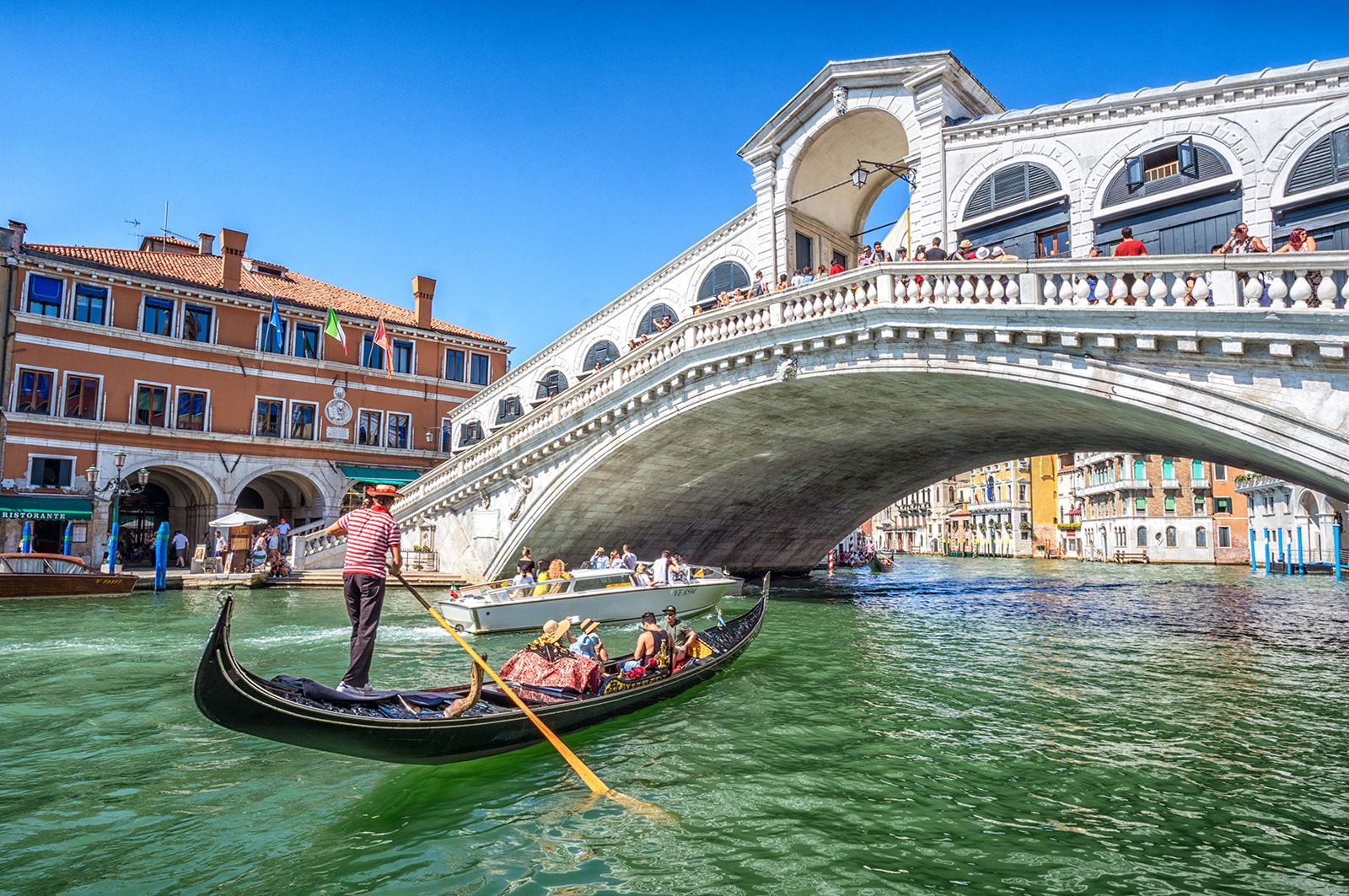Amalfi is a picturesque town located on the western coast of Italy, in the region of Campania, and it has a rich and fascinating history that dates back to ancient times. The town was originally founded by the Romans in the 4th century AD and was known as Amalfi Marittima, due to its strategic position as a port town.
During the Middle Ages, Amalfi became an important center of trade and commerce, with a powerful maritime republic that dominated the western Mediterranean. The town’s ships carried goods such as silk, spices, and precious metals to destinations throughout Europe and the Middle East, making Amalfi one of the wealthiest cities in Italy.
In the 10th and 11th centuries, Amalfi was renowned for its highly skilled shipbuilders, who were responsible for the construction of the famous Amalfi galleys, which were the fastest and most maneuverable ships of their time. Amalfi also had a strong cultural and intellectual tradition, and its famous law code, the Tavole Amalfitane, served as a model for maritime law throughout the Mediterranean.
However, Amalfi’s prosperity began to decline in the 12th century, the town was also hit by several natural disasters, including earthquakes and floods, which caused significant damage to its buildings and infrastructure.
Amalfi remained an important cultural and artistic center throughout the Renaissance and Baroque periods, attracting writers, painters, and musicians from across Europe. Today, Amalfi is a popular tourist destination, known for its stunning coastline, picturesque streets, and rich history and culture.
The tradition places Amalfi as the place of an eternal spring, of an earthly paradise, where history and legend merge and become inseparable.
The myths about his foundation are numerous. Hercules, god of strength, loved a nymph named Amalfi, but she had a short life. He wanted to give him a burial in the most beautiful place in the world, he built a city, to which he gave the name of his deceased beloved.
The Greek geographer Strabon (1st century BC) evokes the origins of Amalfi, explaining that in pre-Roman times, the Amalfi Coast was almost uninhabited, with a single installation on the eastern border of the Amalfi Coast, on remains of the Etruscan state of Marcina, which coincide with the contemporary city of Vietri sul Mare.
The various historical sources agree on at least one thing, the Roman ascendancy of the city, attested by discoveries of archaeological remains of imperial age, such as the ninfeo (basin) of a villa probably built at the time of the Emperor Tiberius.
Among the legends revolving around the origins of Amalfi, the most widespread tells the epic adventure of a group of Roman families who, in the time of the Emperor Constantine, left for Constantinople. Navigating the Ionian Sea, they were surprised by a violent storm that forced them to take refuge near Ragusa in Dalmatia. After a brief stay, they resumed the sea, and between Palinuro and Pisciotta, founded a coastal village named after the river that flowed there, Melphes (present Melfi).
Frequently threatened by the incursions of the Vandals, they took refuge in Eboli, where they remained while continuing to explore the neighborhood. They discovered a place well protected and rich in water, Scala. They decided to settle there. Later, they founded two towns in the lower valleys to which they gave the name of Amalphia (“A-Melphes”), in memory of the abandoned village of Melphes, and Atranum, that is to say ” darkened “, because of the rocky cliffs that overlooked the narrow valley.
However, another hypothesis suggests that the origin of the name of the city could correspond to that of a Roman family of the 1st century of our era, the Amarfia.
In the Middle Ages, Amalfi had a large and powerful fleet, both military and commercial.
The military fleet has had great victories, especially in the battles against the Arabs in “defending” Christianity, as in the famous Ostia episode of 849, when the Amalfi ships helped to save Rome from the onslaught of a powerful Muslim fleet.
Amalfi had an arsenal to build his warships. Remains of its walls still remain. This is the only known example of surviving remains of a medieval arsenal, at least in southern Italy. The remains show obvious signs of restoration in 1240 and 1272, a building that certainly existed in the eleventh century. The hulls of the fighting galleys were built there at 120 oars. The merchant ships, with low hulls, were built in the scarium, which is now under the sea, in front of the city, where recent discoveries have revealed wharves and berths of medieval times. The port structures were definitely submerged following an underwater landslide, possibly caused by the mighty storm of Libeccio, on the night of 24 to 25 November 1343. This event gave the coup de grace to the maritime trade already on the decline.
The commercial success of Amalfi is also explained by its maritime practices, which inherited a large part of the globe. Indeed, beyond the arsenal, was used the maritime code called Tabula de Amalpha, the Tables of Amalfi, as well as the traditional invention of the compass.
The Tabula Amalphitana is one of the oldest maritime codes, it was most used by the maritime nations of the time, regulating even the relations between the crew members of the commercial ships.
A version of this code is preserved in the Municipal Museum, elaborated between the 11th and 14th centuries and whose chapters contain surprising information on the development of the Amalfi boat company.
It is admitted that it was the Amalfitans who invented the compass as a means of magnetic marine orientation, called “dry”. They spread it throughout the Mediterranean in the first half of the thirteenth century. The mythical Amalfi inventor Flavio Gioia, in honor of whom there is a bronze monument made by the artist Alfonso Balzìco, located on the square in front of the sea, has never really existed. Its existence comes from an error of interpretation of Renaissance writers.








